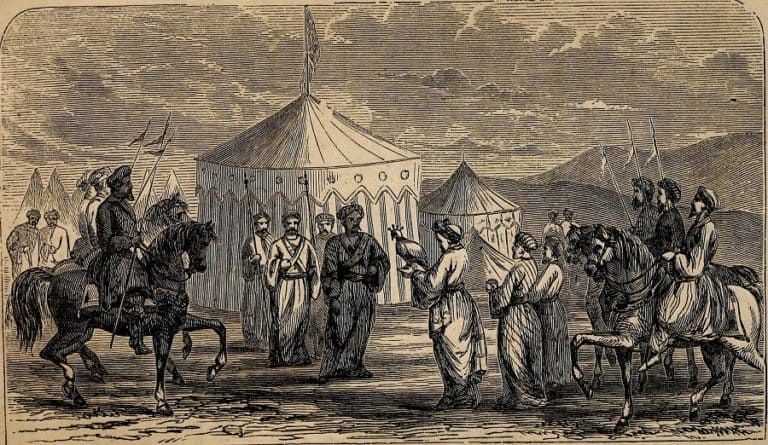
More precisely, this came to consist of the descendants of Genghis Khan’s four sons by his first and primary wife, Jochi, Chagatai, Ogedei and Tolui. The Mongol Empire was the personal property of the “Golden Family,” the family of Genghis Khan. What is social selection? In this context, it’s pretty obvious. The lineage is carried by likely male-line descendants of Genghis Khan, and we therefore propose that it has spread by a novel form of social selection resulting from their behavior." Such a rapid spread cannot have occurred by chance it must have been a result of selection. The pattern of variation within the lineage suggested that it originated in Mongolia about 1,000 years ago. It was found in 16 populations throughout a large region of Asia, stretching from the Pacific to the Caspian Sea, and was present at high frequency: about 8 percent of the men in this region carry it, and it thus makes up about 0.5 percent of the world total. The Genetic Legacy of the Mongols : "We have identified a Y-chromosomal lineage with several unusual features. You’re probably more familiar with the paraphrase in Conan the Barbarian. The greatest joy for a man is to defeat his enemies, to drive them before him, to take from them all they possess, to see those they love in tears, to ride their horses, and to hold their wives and daughters in his arms. To understand how one Y chromosomal lineage can have such a wide distribution across such a large proportion of the human race, here is a quote attributed to Genghis Khan : Jason Goldman of Thoughtful Animal reminded me of the 2003 paper, so I thought it would be useful to review it again for new readers. Genghis Khan rose to power about 800 years ago.

His empire encouraged cultural pursuits, and even provided women with a degree of power.

As we do not exhibit the sexual dimorphism which is the norm in such organisms, it goes to show the plasticity of outcome due to the flexibility of human cultural forms. The existence of these Y chromosomal lineages, which have burst upon the genetic landscape like explosive stars sweeping aside all other variation before them, indicates a periodic “winner-take-all” dynamic in human genetics more reminiscent of hyper-polygynous mammals such as elephant seals. For example, there is the Manchu lineage and the Uí Néill lineage. Since 2003, there have been other cases of “super-Y” lineages. In more quantitative terms, about 10 percent of the men who reside within the borders of the Mongol Empire, as it was at the death of Genghis Khan, may carry his Y chromosome, and so about 0.5 percent of men in the world, about 16 million individuals alive today, do so. Genghis Khan died about 750 years ago, so assuming 25 years per generation, you get about 30 men between the present and that period.


 0 kommentar(er)
0 kommentar(er)
